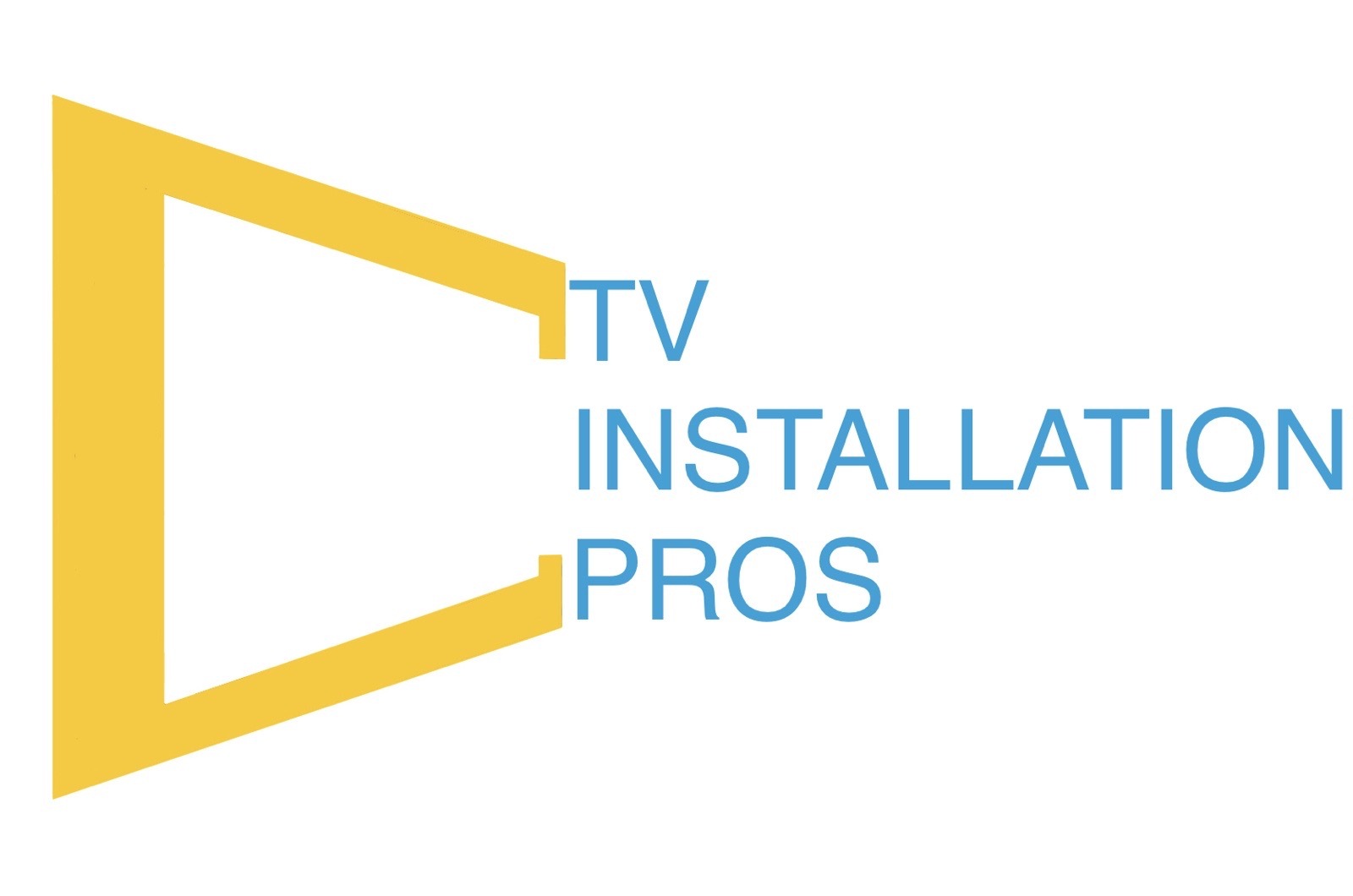What Is the Biggest TV You Should Mount in a Room?
What Is the Biggest TV You Should Mount in a Room?

QUESTION:
What Is the Largest TV Screen I Can Go for?
ANSWER:
The advent of 4K resolution has revolutionized the visual experience, offering an unprecedented level of detail and clarity. As more and more content becomes available in 4K, many consumers are eager to upgrade their viewing experience. One common question that arises is: What screen size is ideal for 4K? While personal preferences may vary, there are several factors to consider when determining the optimal screen size for 4K content.
First and foremost, it's important to understand what 4K resolution entails. 4K, also known as Ultra HD, refers to a display resolution of 3840 x 2160 pixels, which is four times the resolution of Full HD (1080p). The higher pixel density results in sharper images and finer details. To fully appreciate the benefits of 4K, a larger screen size is generally recommended.
Screen size is measured diagonally from corner to corner. As a general rule of thumb, the ideal screen size for 4K depends on the viewing distance. The closer you sit to the screen, the smaller the screen size you'll need to fully appreciate the increased resolution. For example, if you sit relatively close to your TV or monitor, such as within 5 feet, a screen size of 40 to 50 inches would be suitable for most individuals.
When it comes to setting up the perfect entertainment system in your living room, one of the most important considerations is the size of the television. A bigger screen can enhance your viewing experience, but choosing the right size for your room is crucial. In this article, we'll explore the factors that determine the biggest TV you should mount in a room.
Room Size and Viewing Distance
One of the primary considerations when determining the size of the TV to mount is the room size and viewing distance. The general rule of thumb is that the viewing distance should be about 1.5 to 2 times the diagonal screen size of your TV. For example, if you have a 50-inch TV, you should sit approximately 6.5 to 8.5 feet away from the screen. If you mount a TV that is too large for your room, you may end up sitting too close and experiencing discomfort or straining your eyes. On the other hand, mounting a TV that is too small may result in an underwhelming viewing experience and make it difficult to appreciate the details.
Room Layout and Placement
Consider the layout and placement of the TV within the room. Take into account the viewing angles and any potential obstructions such as furniture or architectural features. If the TV is mounted too high or at an awkward angle, it may lead to neck strain or poor visibility. Additionally, if the room has limited wall space or unconventional angles, it may be necessary to choose a smaller TV to ensure proper placement and an unobstructed view.
Resolution and Picture Quality
Another factor to consider is the resolution and picture quality of the TV. With the introduction of 4K and even 8K displays, higher resolutions allow for more detail and clarity. However, it's important to note that the benefits of higher resolutions become more apparent on larger screens. For instance, an 8K resolution may not be as noticeable on a 40-inch TV as it would be on an 80-inch TV. Therefore, if you're considering a larger TV, it's worth investing in a higher resolution to fully appreciate the enhanced picture quality.
Budget and Room Functionality
Of course, your budget will also play a significant role in determining the size of the TV to mount. Larger TVs generally come with a higher price tag, so it's essential to find a balance between size and cost. Consider the primary function of the room as well. If it's a dedicated home theater or entertainment room, you may want to prioritize a larger screen size for a more immersive experience. However, if the room serves multiple purposes or if you have a limited budget, a smaller TV may be a more practical choice.
When deciding on the biggest TV to mount in a room, it's essential to consider factors such as room size, viewing distance, room layout, resolution, and budget. Finding the right balance between these factors will ensure a comfortable and enjoyable viewing experience. Remember, bigger is not always better if it compromises viewing comfort or the overall functionality of the room. So take your time, measure the room, consider your needs and preferences, and make an informed decision to enhance your home entertainment setup.
Would you like to leave a comment?
By clicking the button you agree to our Privacy Policy


